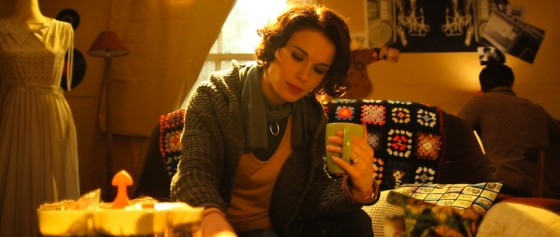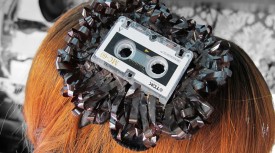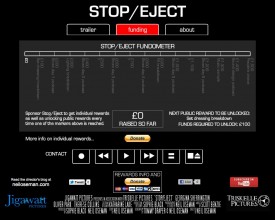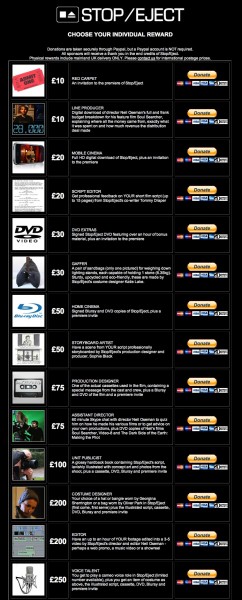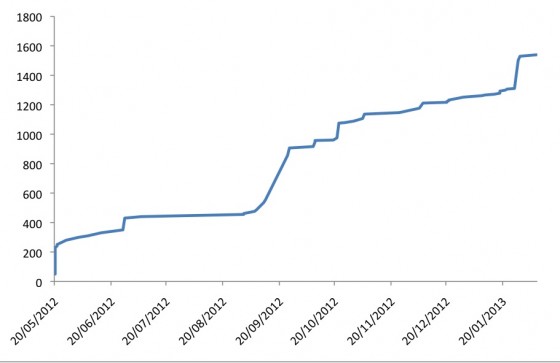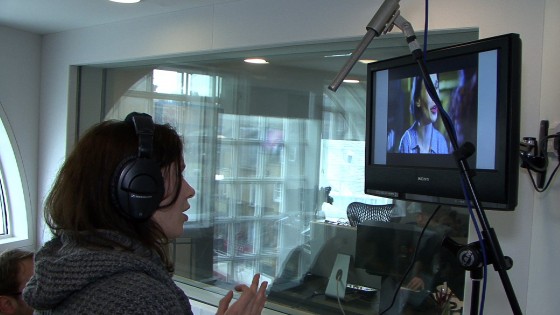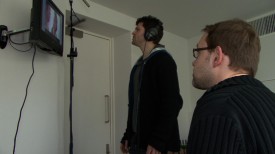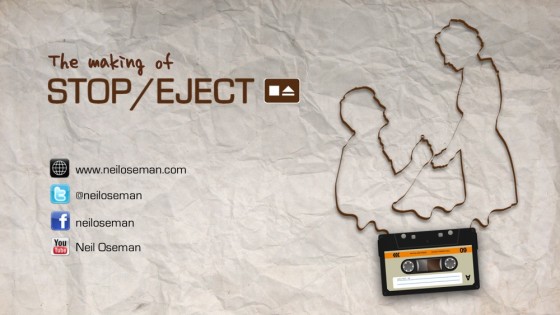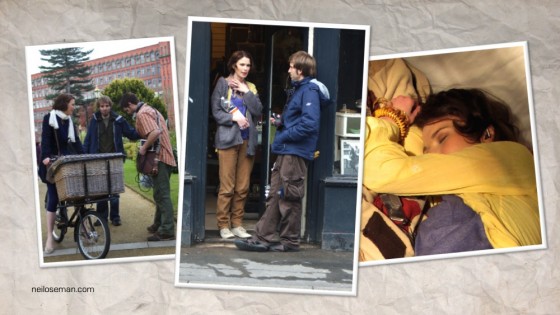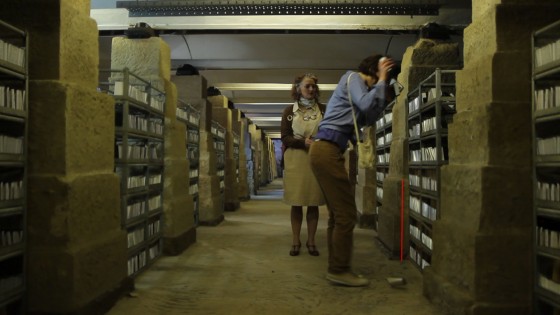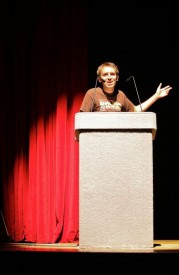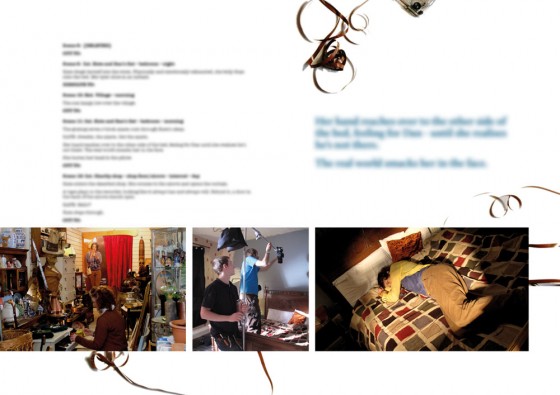(Links to previous parts of the evaluation: part 1, part 2, part 3, part 4, part 5, part 6.)
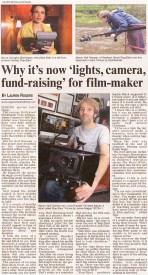
The single biggest tool we had to promote our second fundraising campaign for Stop/Eject was the trailer. This was followed by a crowd-funding pitch in the same video file, so as soon as people had been wowed by the trailer, they found out how to get involved and support it, wherever that trailer was screened or embedded. There are lots of tips on editing trailers in a blog post I wrote last year.
You can’t just post on Facebook every day of your crowd-funding campaign (particularly if it runs for eight months as ours did) asking for money. You have to find other ways to remind people of the project’s existence without directly holding out your begging cap.
One way to do this is through uploading content like blogs and behind-the-scenes videos. As previously discussed, our system of public rewards hampered this to some extent, but we still blogged regularly about the project’s progress, also updating people via the Facebook page, Twitter and emails to the sponsors. Any time we did any interesting work on the film we took photos or video and shared them with the community we were building.
Speaking of community, you have to nurture it by allowing them to engage with the project. For example, we ran a poster design competition and later invited the public to submit interview questions to be posed to the cast.
Whenever we needed additional crew, those shout-outs served not only as a form of crowd-sourcing but also as promotion of the crowd-funding.
You shoudn’t neglect “real world” promotional opportunities. I gave a couple of talks about Stop/Eject during the campaign, each time encouraging audiences to donate. It’s best to provide a bucket for cash by the exit, because if you tell people to go home and donate online, the vast majority of them will forget.
Georgie helped a lot, making her fanbase aware of the campaign, and we tried to seek out Worst Witch sites and communities to post on too. In fact all of the cast and crew helped to spread the word.
We discovered it was the 50th anniversary of the invention of cassette tapes halfway through our campaign, but too late to do much about it except get interviewed on BBC Radio Hereford & Worcester. Sophie and I also managed to get some local newspaper coverage, but our biggest coup was Sophie’s appearance on BBC East Midlands Today. That didn’t lead directly to any donations, but a Stop/Eject article on a website about Matlock, one of the towns we shot in, did lead to a few.

The final part of my evaluation will take the form of ten top tips for crowd-funding, based on our experiences with Stop/Eject. Watch this space.
